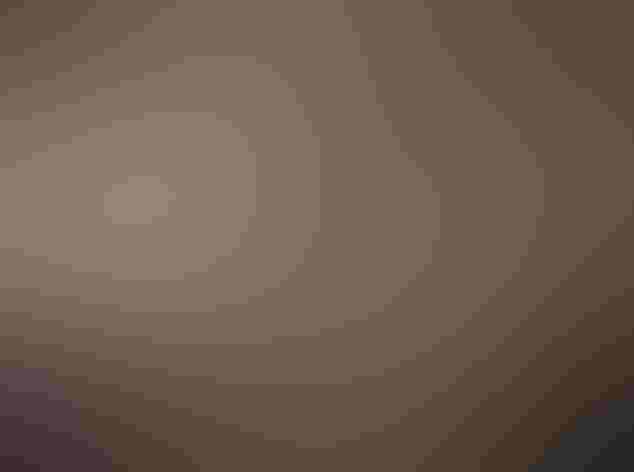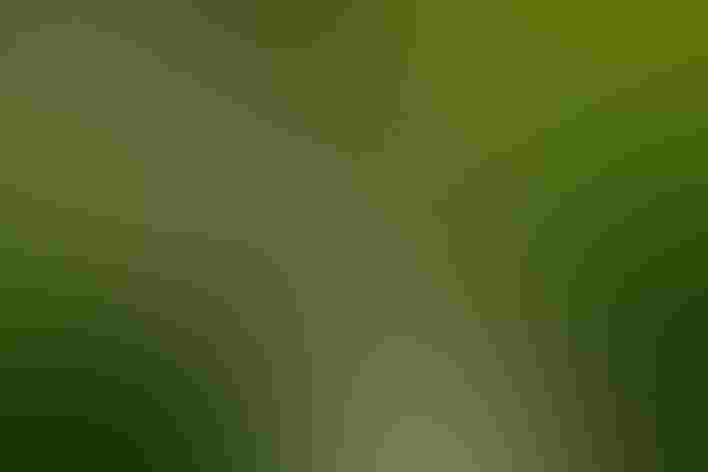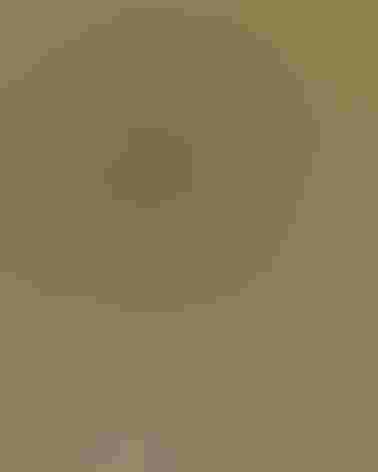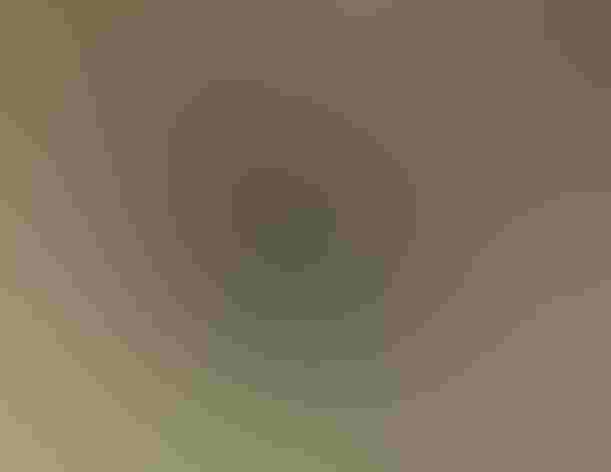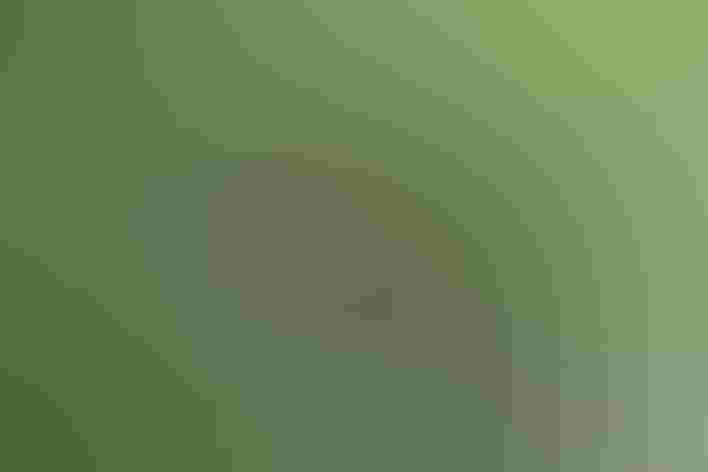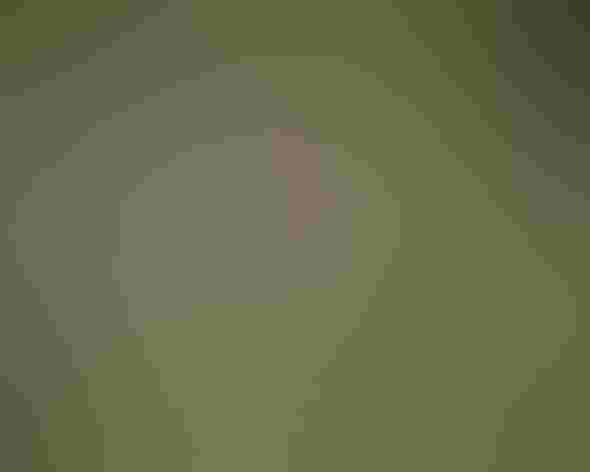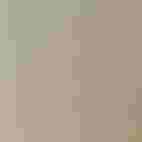Spotted Towhee
At a Glance
A widespread towhee of the West, sometimes abundant in chaparral and on brushy mountain slopes. For many years it was considered to belong to the same species as the unspotted Eastern Towhees found east of the Great Plains, under the name of Rufous-sided Towhee. The Spotted Towhee differs in the heavy white spotting on its upperparts, and its songs and callnotes are more variable and much harsher in tone. It often is first noticed because of the sound of its industrious scratching in the leaf-litter under dense thickets.
All bird guide text and rangemaps adapted from Lives of North American Birds by Kenn Kaufman© 1996, used by permission of Houghton Mifflin Harcourt Publishing Company. All rights reserved.
Category
New World Sparrows, Perching Birds
IUCN Status
Least Concern
Habitat
Arroyos and Canyons, Desert and Arid Habitats, Forests and Woodlands, Shrublands, Savannas, and Thickets
Region
California, Northwest, Plains, Rocky Mountains, Southwest, Texas, Western Canada
Behavior
Direct Flight, Flitter, Undulating
Population
40.000.000
Range & Identification
Migration & Range Maps
Some southern populations are permanent residents, but those from the northern interior are migratory, spreading eastward onto the Great Plains in winter. Occasional strays go all the way to the Atlantic Coast.
Description
8 1/4" (21 cm). Rusty and white below, dark on hood and back, with bold white spots on back, wings, and tail corners. Some populations have less spotting above; compare to Eastern Towhee. Upperparts and hood are black on males and may be black or gray on females.
Size
About the size of a Robin, About the size of a Sparrow
Color
Black, Brown, Red, White
Wing Shape
Broad
Tail Shape
Long, Rounded
Songs and Calls
The song varies, long, buzzy cheweeeee. Call is an inquisitive meewww?
Call Pattern
Flat, Rising
Call Type
Chirp/Chip, Trill, Whistle
Habitat
Open woods, undergrowth, brushy edges. In the varied terrain of the West, this towhee often lives in chaparral, mountain manzanita thickets, scrub oaks, or pinyon-juniper woods with dense understory.
Sign up for Audubon's newsletter to learn more about birds like the Spotted Towhee
Behavior
Eggs
3-5, sometimes 2-6. Creamy white to very pale gray, with spots of brown and gray often concentrated at larger end. Incubation is by female, about 12-14 days.
Young
Both parents feed the nestlings. Young leave the nest about 9-11 days after hatching, may remain with parents for some time thereafter. 1 or 2 broods per year, rarely 3.
Feeding Behavior
Forages mostly on the ground, frequently scratching in the leaf-litter. Also sometimes forages up in shrubs and low trees.
Diet
Mostly insects, seeds, berries. Diet varies with season. Eats many insects, especially in summer, including beetles, caterpillars, moths, true bugs, and many others, also spiders, snails, and millipedes. Also eats many seeds, plus acorns, berries, and small fruits.
Nesting
Male defends nesting territory by singing, often from a high perch. In courtship, male may chase female. Nest site is on the ground under a shrub, or in low bushes, usually less than 5' above the ground. Nest (built by female) is an open cup of grass, twigs, weeds, rootlets, strips of bark, lined with finer materials, sometimes including animal hair.
Conservation
Conservation Status
Very common and widespread, numbers apparently stable.
Climate Threats Facing the Spotted Towhee
Choose a temperature scenario below to see which threats will affect this species as warming increases. The same climate change-driven threats that put birds at risk will affect other wildlife and people, too.




